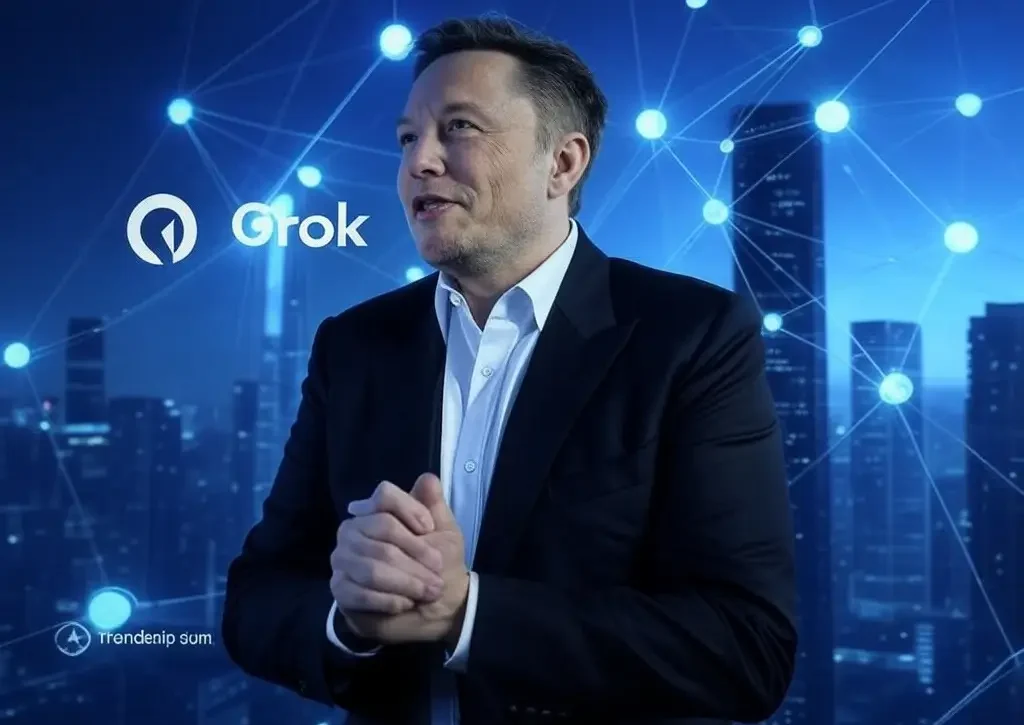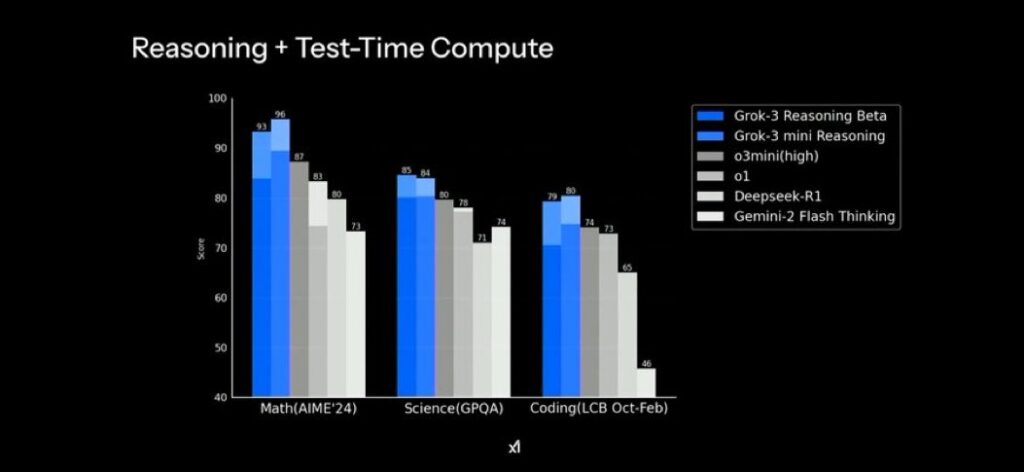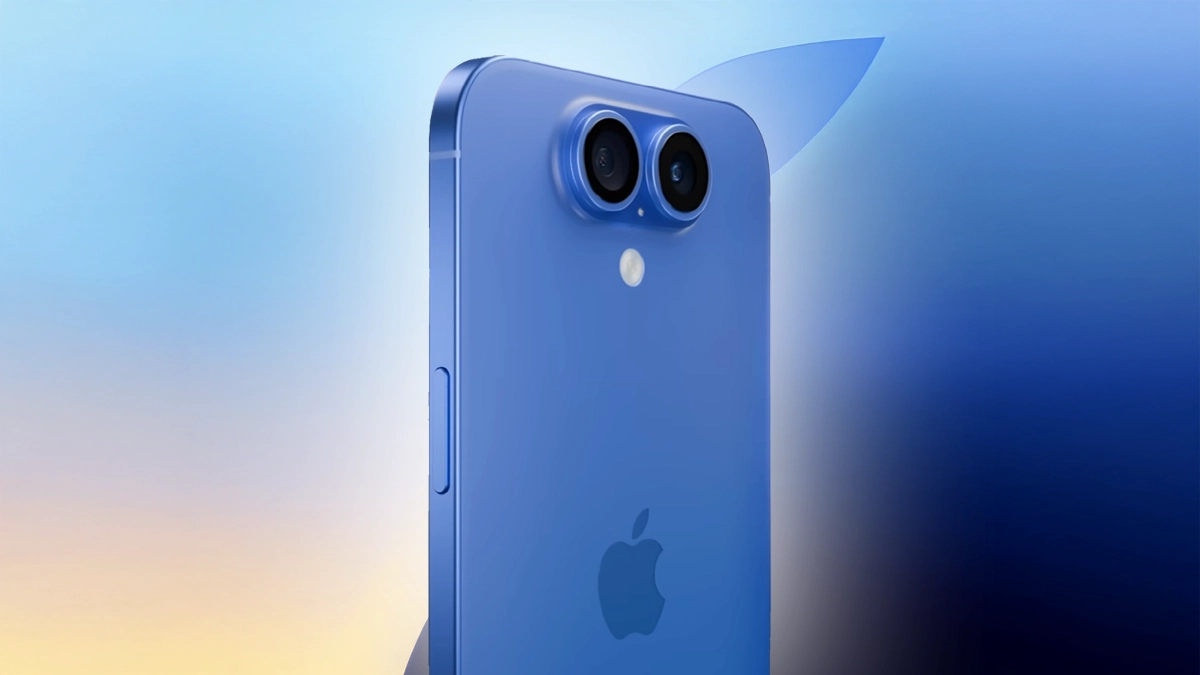
Exciting AI News
Hello there and welcome to our friendly tech corner! Today, we’re super excited to share some big news from the world of AI that’s bound to spark your curiosity. Elon Musk is shaking things up—while Grok 3 makes its debut as an exclusive treat for Premium+ X subscribers, the ever-reliable Grok 2 is about to go open source.
This means developers, innovators, and tech enthusiasts everywhere will soon have the chance to tinker, customize, and build amazing new AI applications.
In this post, we’ll break down what this bold move means for you, explore some exciting possibilities, and see how it sets a new standard compared to more secretive approaches. Ready to dive in and discover the future of accessible, community-driven AI? Let’s get started!
For more information, check out the official Grok website and stay updated with the latest news.
Learn MoreThe Evolution of Grok From Default Model to Open-Source Revolution
Grok 3: Premium+ Exclusivity
The debut of Grok 3 has captured the spotlight. Designed with enhanced features and superior performance benchmarks, Grok 3 represents the next generation of xAI’s technological prowess. It is available only to Premium+ X subscribers—a decision that underlines xAI’s strategy of offering exclusive, high-end AI capabilities to paying customers. Grok 3 is engineered to deliver even faster processing speeds, improved contextual understanding, and richer interaction experiences for users who demand the best.
Grok 2: Opening the Doors to Innovation
While Grok 3 garners attention for its premium features, the fate of Grok 2 is equally exciting—if not more so—for the broader developer community. For years, Grok 2 has served as the default model for millions of users, powering everyday interactions on X. Now, xAI is set to open source the underlying engine of Grok 2, allowing developers worldwide to access, modify, and build upon the model.
This decision marks a significant departure from industry norms. Typically, AI models from leading companies are locked down; users pay for access without ever seeing the “magic under the hood.” By open-sourcing Grok 2, xAI is empowering independent developers and smaller companies to experiment and innovate, fostering a community that can tailor the technology to niche applications and new use cases.
Why Open Source Matters in the AI Landscape
Transparency and Trust
In an era where many AI systems operate as opaque “black boxes,” open-sourcing Grok 2 introduces an element of transparency that is rare in the field. When the code behind an AI model is available for public inspection, it builds trust among developers and users alike. They can verify how decisions are made, identify potential biases, and even contribute improvements. This stands in stark contrast to OpenAI’s approach, where even its most powerful models, such as GPT-4, remain proprietary and inaccessible for customization.
Empowering Developers and Small Businesses
Open-sourcing Grok 2 means that developers can adapt the model to suit their specific needs. Imagine a chatbot trained exclusively on classic literature, or an AI assistant that helps indie video game developers craft immersive lore. With access to the Grok 2 engine, the possibilities are endless. Developers can optimize the model for industry-specific tasks, create custom plugins, or even integrate it into entirely new platforms. This level of flexibility could spark an explosion of innovative AI tools that challenge the dominance of established giants.
A Contrast with OpenAI’s Proprietary Model
Elon Musk’s decision to open source Grok 2 is a deliberate contrast to OpenAI’s strategy. OpenAI, despite its name, has moved away from the open-source ethos in recent years. Models like GPT-4 remain locked down, available only through paid APIs and without insight into their inner workings. Musk’s stance reflects a broader skepticism he has expressed toward OpenAI CEO Sam Altman and the company’s closed approach. By releasing Grok 2 as open source, xAI not only differentiates itself in the market but also signals a commitment to community-driven innovation.
Broader Implications
Fueling a New Wave of AI Applications
The open-sourcing of Grok 2 has the potential to unleash a host of novel applications. Smaller companies and independent developers, who previously might have been locked out of advanced AI capabilities due to cost or access restrictions, can now build custom solutions tailored to their audiences. We could soon see:
- Custom Chatbots: AI chatbots trained on specialized datasets—such as regional dialects, industry-specific jargon, or even classic literature—offering personalized and engaging user experiences.
- Innovative AI Assistants: Virtual assistants that go beyond generic responses, tailored to niche markets like indie gaming, artisanal crafts, or hyper-local news.
- Collaborative Open-Source Projects: A thriving community of developers collaborating on forks of Grok 2, integrating additional modules for better natural language understanding, multilingual support, and domain-specific optimizations.
The Possibility of a “Second Life” for Grok 2
Even as xAI continues to push the boundaries with Grok 3 for its premium users, the open-source release of Grok 2 ensures that this earlier model will not be forgotten. Instead, it will likely experience a resurgence in popularity within the open-source community. Developers may refine and enhance the model in ways that xAI did not initially envision, leading to unexpected breakthroughs and applications. This “second life” could further democratize access to advanced AI, fostering innovation outside the confines of large corporations.
Balancing Innovation with Strategic Limitations
It’s important to note that even as xAI commits to open-sourcing Grok 2, there remains some ambiguity about the extent of the openness. Companies sometimes claim to “open source” while retaining key proprietary elements. While we may not yet know the full extent of the freedoms developers will enjoy with Grok 2, the promise is clear: a significant portion of its engine will be available for community exploration, adaptation, and improvement. This strategic balance allows xAI to protect its most cutting-edge products (like Grok 3) while still reaping the benefits of community-driven innovation and goodwill.
Open Source Versus Proprietary
OpenAI
OpenAI’s flagship models—most notably GPT-4—remain locked down, available only through subscription APIs or other controlled channels. This approach means that while users can benefit from the power of these models, they cannot access the underlying code to understand how decisions are made or to customize the technology for their own purposes. This lack of transparency and flexibility is increasingly at odds with the open-source movement that is gaining momentum across the tech industry.
Meta and DeepSeek
xAI is not the first company to explore an open-source vision in AI. Meta has released aspects of its Llama models to foster broader community engagement, and China-based DeepSeek has also been a vocal advocate for open-source AI. These initiatives demonstrate a growing trend: the democratization of AI technology. By contrast, OpenAI’s reluctance to fully embrace open-source has set it apart as a more closed, proprietary system. Elon Musk’s comments—and his history of criticism toward OpenAI—underscore a belief that open-source models can drive greater innovation, collaboration, and ultimately, more versatile AI applications.
The Future of AI Development
A New Era of Customization
With Grok 2 becoming open source, the door is open for a new era of AI customization. Developers can now tailor the AI to meet specific business needs, industry standards, or creative visions. For example, a media company might adjust the model to better analyze and generate sports commentary, while a financial institution could optimize it for predictive market analysis. The ability to modify and extend the model means that the same foundational technology can serve a wide array of purposes—each customized to maximize effectiveness in its own niche.
| Feature | Grok 3 | ChatGPT |
|---|---|---|
| Developer | xAI | OpenAI |
| Model | Grok-3 | GPT-3.5 (Free), GPT-4 (Paid) |
| Training Data | Real-time data from X (formerly Twitter) and web-scraped information | Diverse internet data (training cutoff: September 2021) |
| Computational Power | Trained on xAI’s Colossus supercluster with 100,000 GPUs | Not publicly disclosed, designed for optimized performance |
| Context Window | Up to 1 million tokens | 4,096 tokens (GPT-3.5), 8,192 tokens (GPT-4 standard, with 32K option for select users) |
| Performance | Claims to be the "Smartest AI on Earth", outperforms GPT-4 in benchmark tests | Versatile, with GPT-4 offering enhanced performance over GPT-3.5 |
| Accessibility | Requires a Twitter Blue subscription (≈$17/month), primarily available in the U.S. | Free version available, with a ChatGPT Plus subscription for advanced features |
| User Experience | Integrated within the X platform, featuring a unique "Think" mode | User-friendly interface with context-aware responses and intuitive design |
| Real-time Information | Yes, via the X platform | Limited real-time updates; relies on pre-2021 data by default |
| Image Generation | Yes, supports advanced image generation capabilities | Yes, through DALL-E 3 (available with ChatGPT Plus) |
| Cost | Requires a Twitter Blue subscription (≈$17/month) | Free version available, with a ChatGPT Plus subscription for enhanced features |
| Customization | Limited customization options (e.g., Regular, Fun modes) | Offers more customization for tone and style |
| Use Cases | Ideal for in-depth conversations and real-time updates | Versatile across a broad range of queries, including creative content generation |
Community-Driven Innovation
When an AI model is open sourced, it invites collaboration from a diverse array of developers, researchers, and hobbyists. This collective intelligence can lead to rapid improvements, bug fixes, and the development of new features that even the original creators may not have envisioned. We may witness community-driven projects that enhance Grok 2 with multilingual capabilities, better contextual awareness, or integration with other emerging technologies like augmented reality (AR) and virtual reality (VR). The open-source community’s contributions could transform Grok 2 into a versatile platform that powers a new generation of AI-driven tools and applications.
Potential Limitations and Strategic Controls
While the prospects are exciting, there are challenges to consider. Open-sourcing a model also means relinquishing some control over how it is used. Companies might introduce limitations within the open-source release—such as restricting certain functionalities or keeping proprietary modules closed—to protect their competitive edge. These limitations could affect how freely developers can adapt the model and what kinds of applications they can build. Nonetheless, even with some restrictions, the open-source release of Grok 2 represents a significant step toward a more inclusive and innovative AI ecosystem.
Open-Source AI Revolution
Are you a developer, startup founder, or AI enthusiast looking to leverage cutting-edge technology without the constraints of a closed system? With Grok 2’s upcoming open-source release, you have the chance to get in on the ground floor of a transformative movement.
- Explore New Possibilities: Experiment with Grok 2’s code, adapt it to your projects, and join a vibrant community of innovators.
- Customize Your AI: Whether you’re building a niche chatbot, a personalized virtual assistant, or a groundbreaking new application, open-source Grok 2 offers the flexibility to make it truly yours.

A Strategic Shift in the AI Ecosystem
Elon Musk’s announcement about Grok 2’s open-source release and the simultaneous rollout of Grok 3 for Premium+ subscribers marks a pivotal moment in AI development. This dual strategy allows xAI to offer exclusive, state-of-the-art features to high-paying users while democratizing access to foundational AI technology for developers worldwide. In doing so, xAI not only sets itself apart from proprietary systems like OpenAI’s GPT-4 but also fuels community-driven innovation that could reshape how we interact with AI.
The open-sourcing of Grok 2 is more than a technical decision—it’s a strategic statement. It signals a commitment to transparency, collaboration, and the belief that great innovations often come from unexpected places. As smaller companies, independent developers, and even hobbyists begin to experiment with and improve upon Grok 2, we can expect a surge in creative, specialized AI applications that challenge the status quo.
While there may be limitations or strategic controls built into the open-source release, the potential benefits far outweigh the risks. By empowering a broader community to engage with and innovate upon the technology, xAI is not only creating goodwill but also laying the groundwork for a more dynamic and diverse AI ecosystem.
In a world where AI models have become the backbone of digital innovation, having the freedom to adapt and modify these tools is invaluable. Whether you’re a seasoned developer or an entrepreneur looking to integrate AI into your business, the open-source model of Grok 2 offers an unprecedented opportunity to drive forward the next wave of AI-powered applications.
Stay tuned, get involved, and transform the future of AI with Grok 2
For more insights on AI trends, open-source strategies, and future-proofing your digital solutions, check out our technology Section and subscribe to our newsletter for the latest updates.
About the Author
Michael
Administrator
Michael David is a visionary AI content creator and proud Cambridge University graduate, known for blending sharp storytelling with cutting-edge technology. His talent lies in crafting compelling, insight-driven narratives that resonate with global audiences.With expertise in tech writing, content strategy, and brand storytelling, Michael partners with forward-thinking companies to shape powerful digital identities. Always ahead of the curve, he delivers high-impact content that not only informs but inspires.










Thank you for your comment! I’m glad you liked the article and that it reminded you of your old roommate. It’s great that you want to share it with him! If you have any more thoughts or suggestions, feel free to share. Thanks again 🥳
Hi there! This blog post could not be written any better! Going through this article reminds me of my previous roommate! He always kept talking about this. I am going to send this information to him. Pretty sure he’s going to have a great read. I appreciate you for sharing!